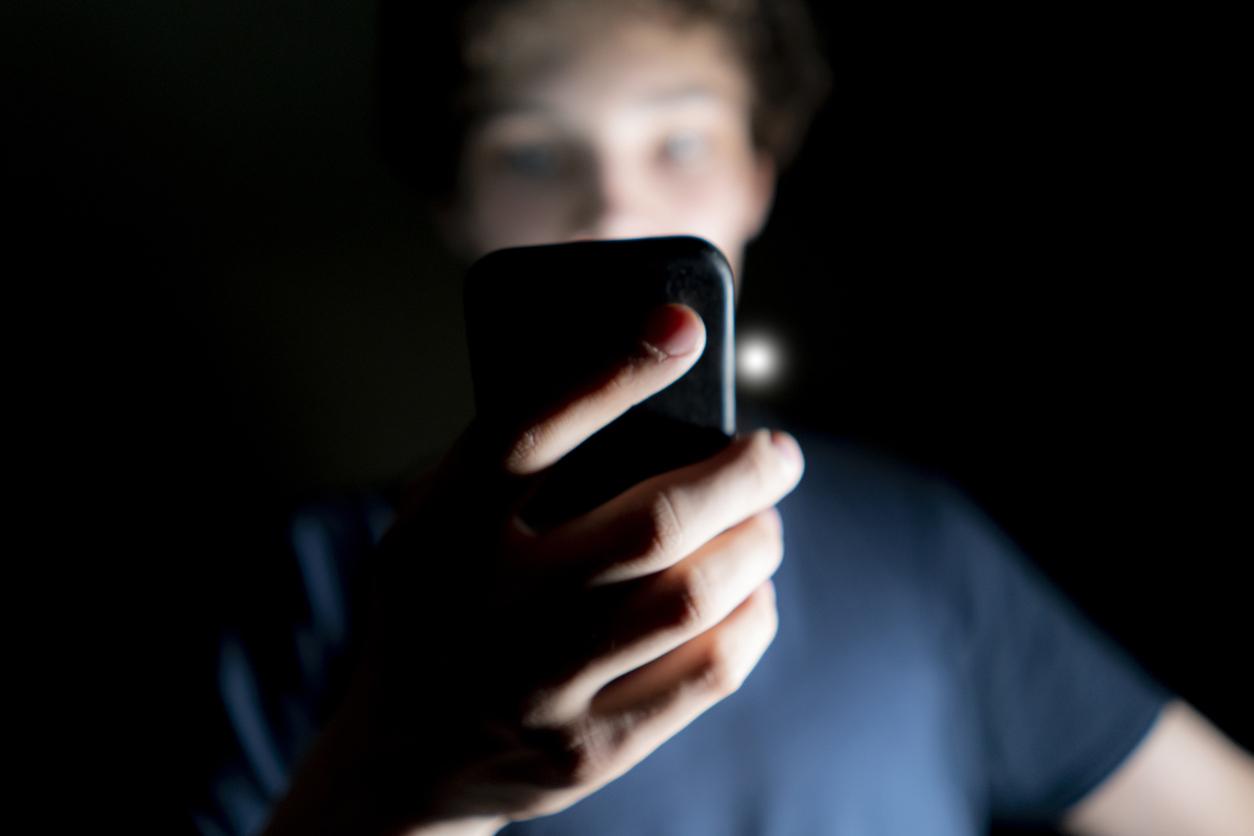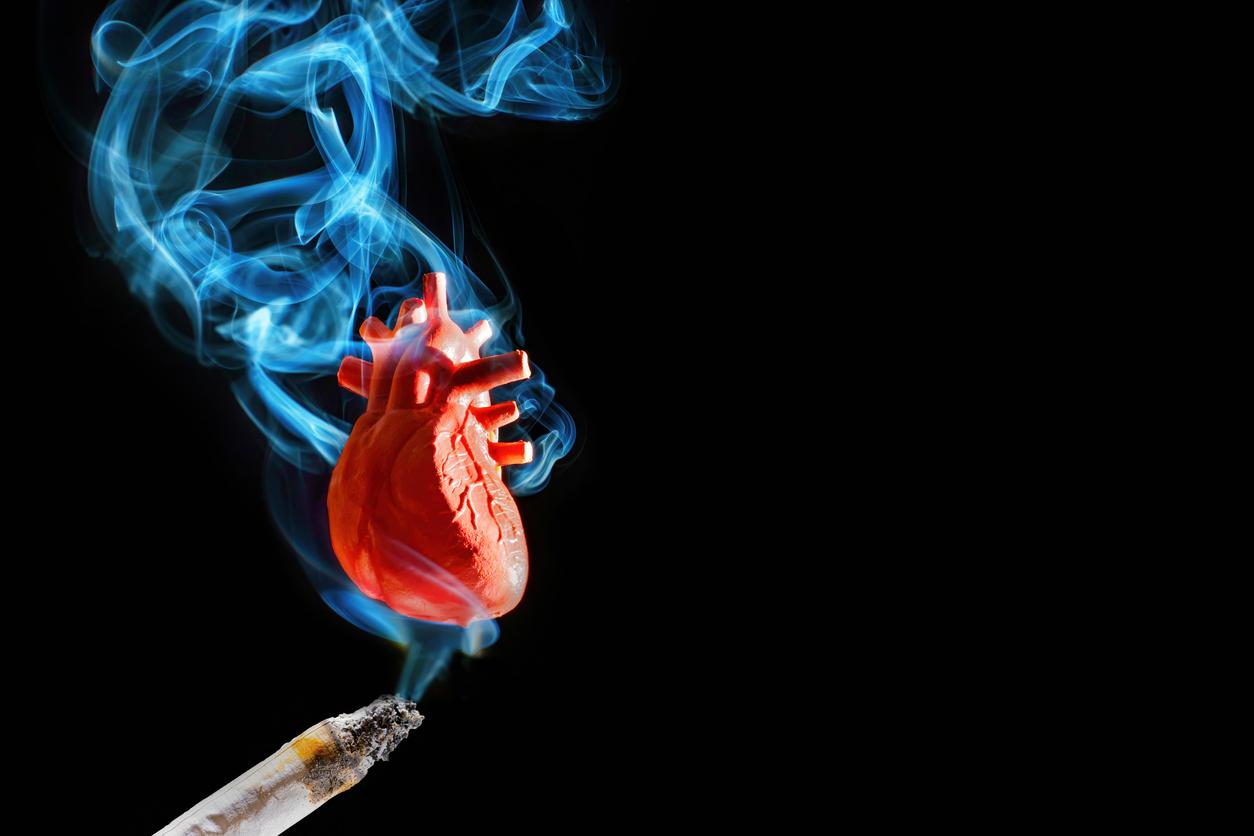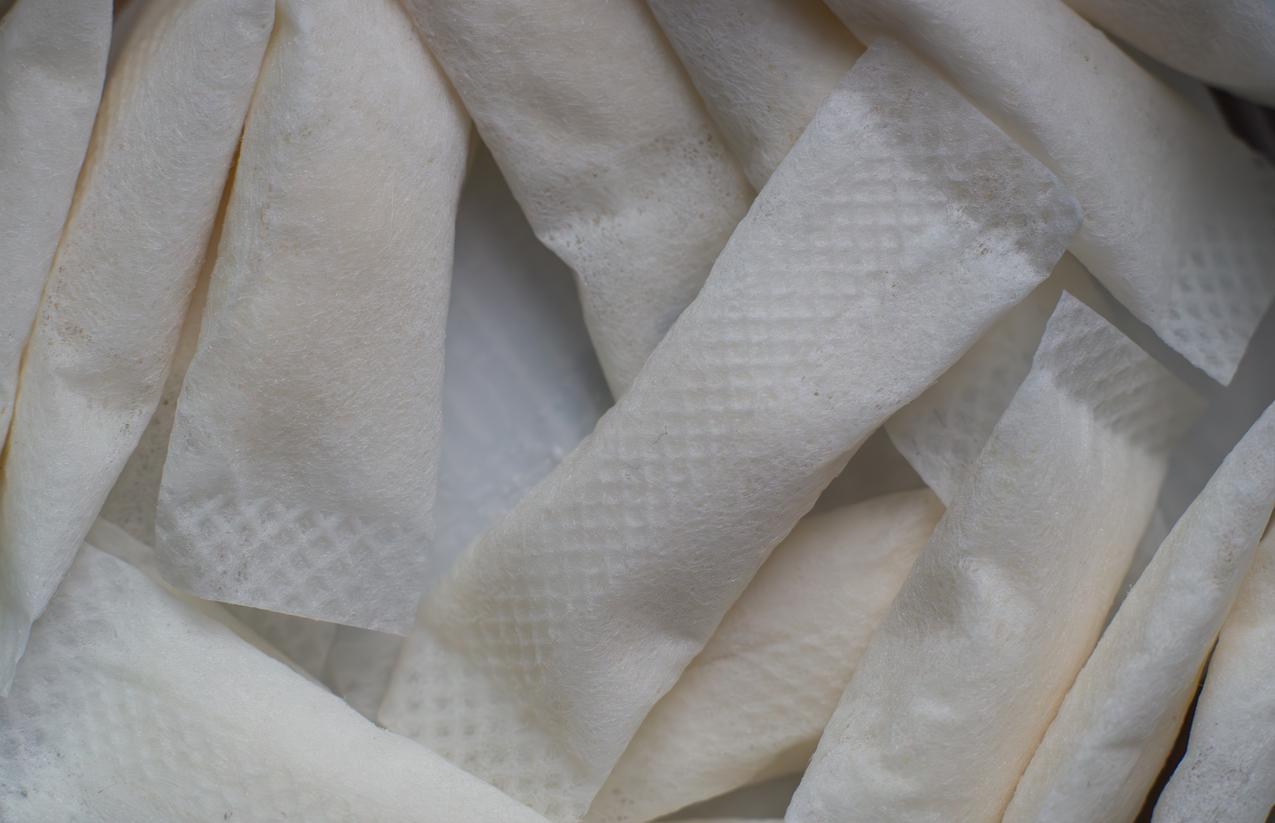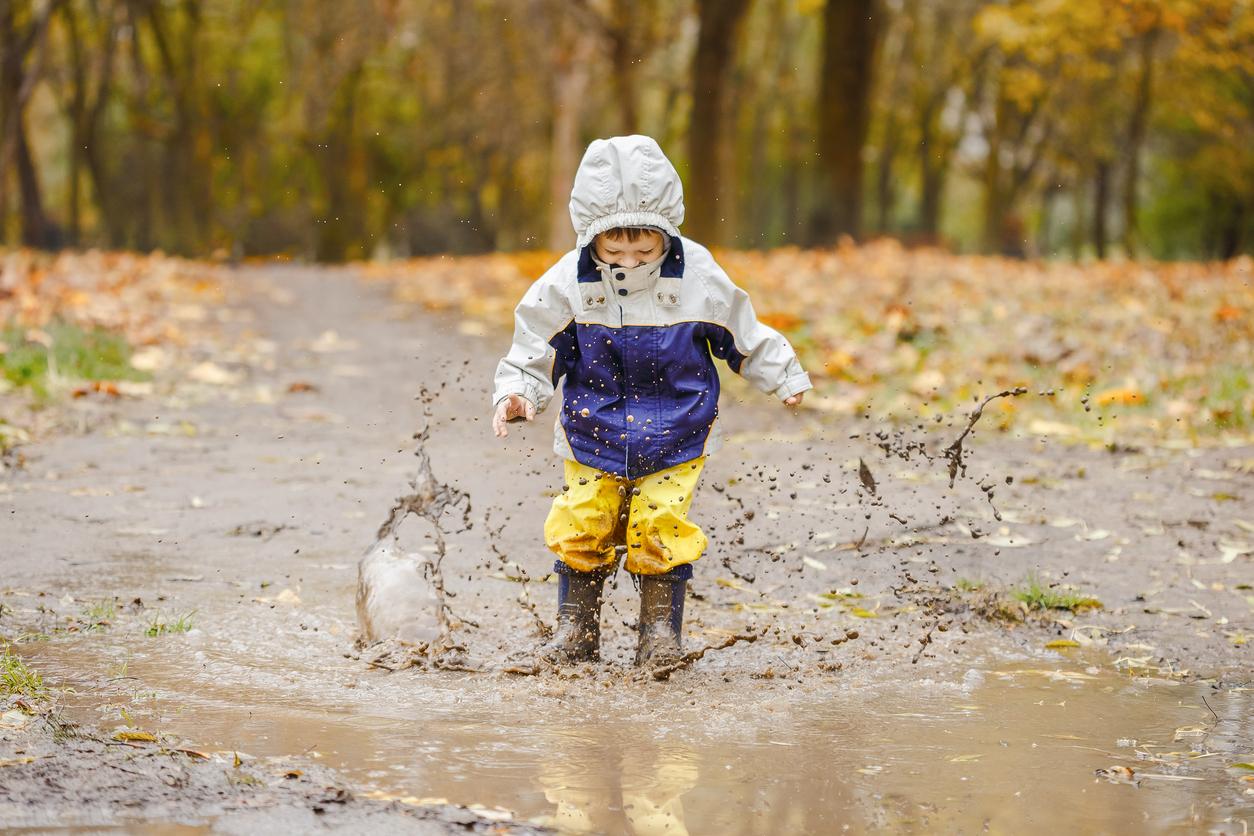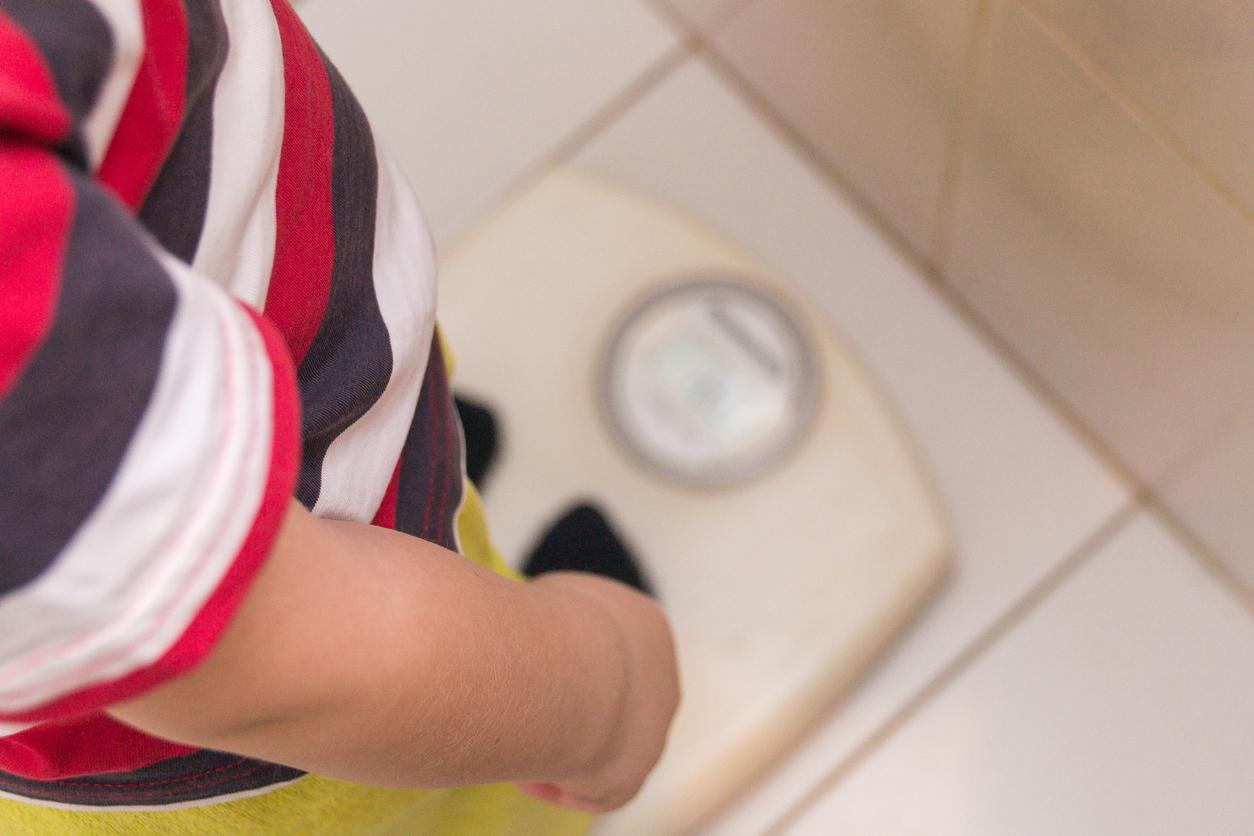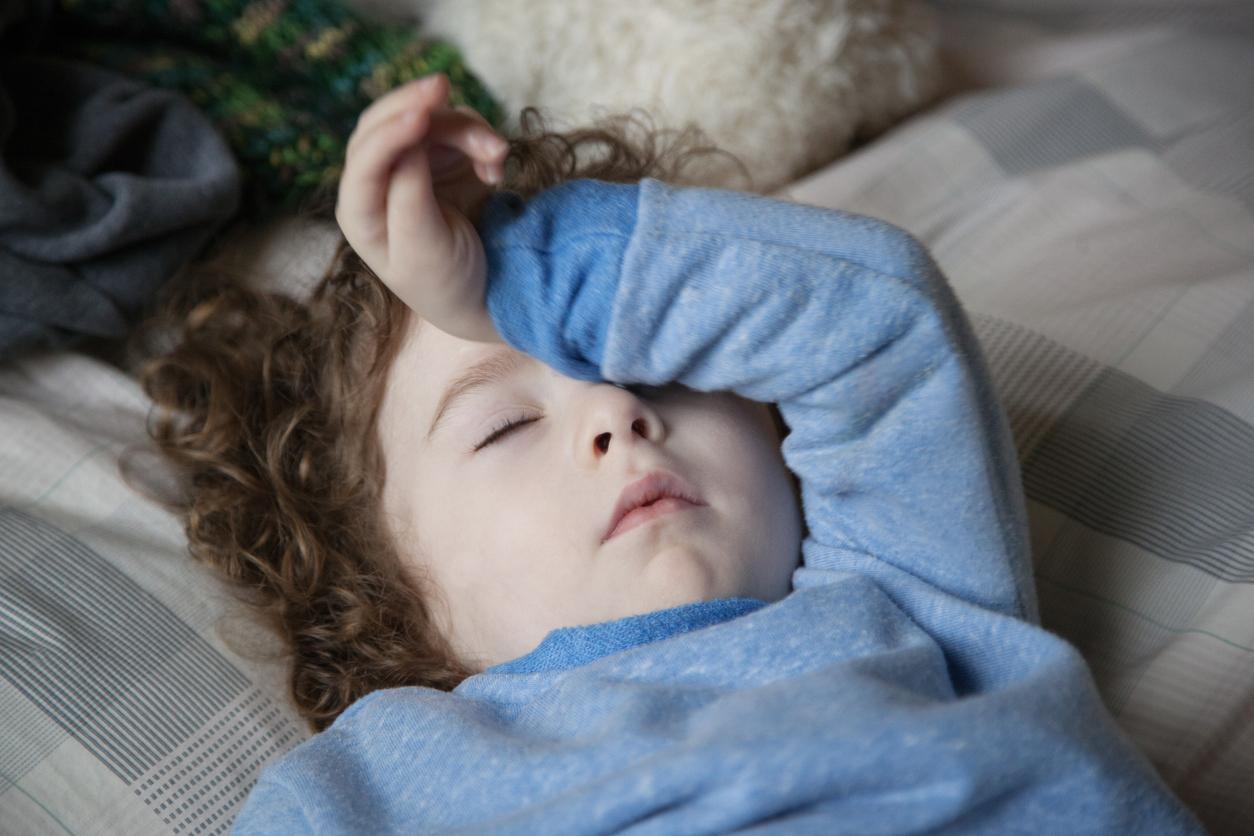Passive smoking is defined by the Ministry of Health as “the act of inhaling, involuntarily, the smoke given off by one or more smokers“; in France, one million people (including children!) are exposed to passive smoking and this causes 3,000 to 5,000 deaths per year.
But passive smoking can be even more insidious. Thus, according to a recent study conducted by the Cincinnati Children’s Hospital Medical Center (in the United States), the vast majority of children have nicotine (the “active substance” of tobacco, responsible for addiction) on their hands.
Children living in a “tobacco-free” home are also affected
To reach this frightening conclusion, the American researchers worked with a group of 504 children; they found that 97% of them had nicotine particles on their hands. More worrying no doubt: 95% of children living in a “tobacco-free” home (with parents smoking in the garden or on the balcony… but not indoors) also had nicotine on their hands.
Unsurprisingly, children living in disadvantaged families were more affected than others by this particular form of passive smoking with (on average) 14 nanograms of nicotine on their hands against “only” 3 nanograms for the wealthiest children. Scientists point out that these nicotine particles can easily be ingested by children, or even enter their bodies directly through their skin.
To limit the problem, American researchers recommend that families of smokers regularly clean their environment: dust the furniture several times a week, clean the fabrics (cushions, carpets, stuffed animals, etc.) at least twice a month, ventilate at least 10 minutes every hour… and, of course, quit smoking as quickly as possible!
Read also :
- Passive smoking in children increases the risk of COPD in adulthood
- In Belgium, smoking in the car in the presence of a child is prohibited.
- Should we ban smoking at home to protect children?










